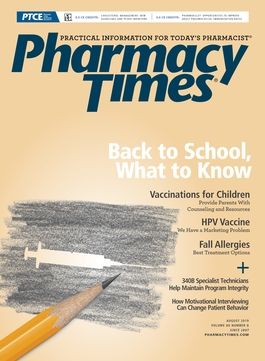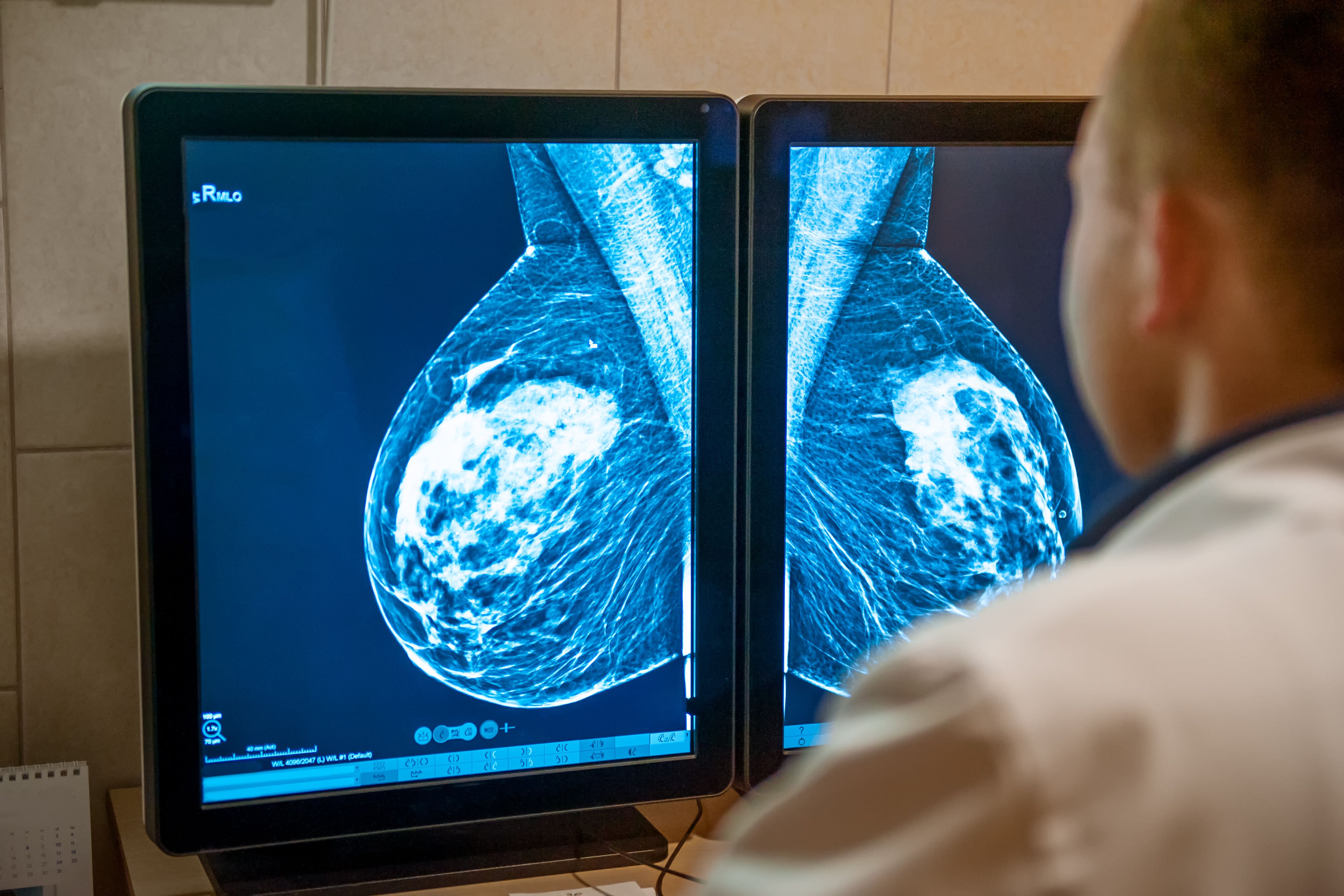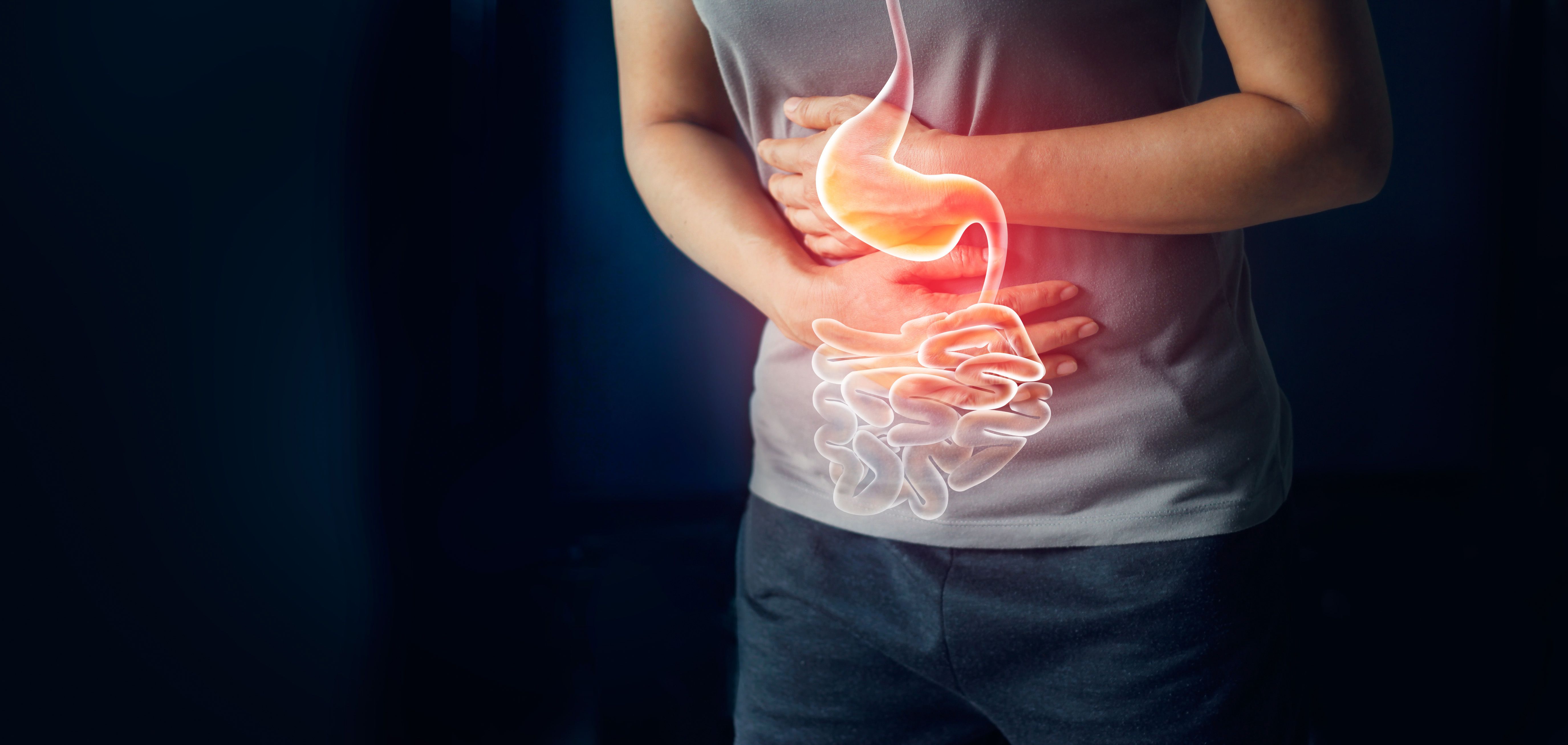Publication
Article
Pharmacy Times
Case Studies: Lice and HPV
This month's OTC case studies discuss ways to deal with lice and recommendations for the HPV vaccine.
Case 1: Lice
Q: GG, a 12-year-old girl, and her mother are looking for something to treat lice. GG recently started going to her new summer camp. The camp director sent a letter home the previous day stating that head lice was diagnosed in multiple children in GG’s group. GG has been scratching her scalp for a few days, so her mom checked her hair for lice. She found live lice as well as nit casings on GG’s head. GG has never had lice and currently takes no medication. What recommendations do you have?
A: Because GG’s mom easily spotted the lice, GG can self-treat. Patients who suspect lice should look for live lice, nit casings, and nits. Live lice are difficult to detect but may be found around the base of the neck, the crown of the head, and the ears. Nits are darker in color and thus hard to identify in dark hair, but the casings are lighter. GG can use a product that contains pediculicide. This includes ingredients with either permethrin or pyrethrin. Parents can use permethrin for infants 2 months and older and pyrethrin for children 2 years and older. Permethrin is approved for head lice only, whereas pyrethrin is approved for head and pubic lice. Adverse effects include burning, erythema, itching, stinging, and swelling.1 Instruct GG to follow the package directions on application. Stress that some products require retreatment within 1 week, so depending on the product, retreatment may be required to address the lice that may have hatched from surviving eggs.
Case 2: Lice Natural Medicine
Q: LG is a 48-year-old woman who is looking for a natural treatment for lice. She says that her 10-year-old daughter was recently given a lice diagnosis and treated with pyrethrin. LG’s daughter no longer has active lice or any nits. However, LG does not like the idea of her daughter getting lice again. LG has been researching prevention options, and she spoke to some of her friends who use natural products, such as lavender or tea tree oil. They said that they put oils into their kids’ shampoo to keep the lice away. LG’s daughter has no other medical issues and is relatively healthy. What recommendations do you have?
A: Some preliminary evidence shows that lavender and tea tree oils may be helpful in killing live lice. The results of one study evaluated tea tree oil and showed that it was likely to repel live lice but was not clinically significant at preventing lice.2 Another study evaluated the combination of lavender and tea tree oil and showed that it reduces the number of live lice. The study results also showed that it was more efficacious when the lice are in the crawling phase. Barker and colleagues also found that when they combined tea tree oil 3 times weekly with lavender oils, the combination seemed to improve lice eradication.3 Although both products are relatively safe, be sure to tell LG that studies have not clearly shown prevention. In addition, though tea tree oil is well tolerated, it can cause significant allergic reactions.1,4 Because data showing lice prevention with lavender and tea tree oil are lacking, LG may want to avoid products that could cause allergic reactions. Let her know that if she does use tea tree oil and an allergic reaction occurs on her daughter’s body or scalp, a clinician should evaluate her daughter immediately. In addition, LG can teach her daughter preventive strategies, such as avoiding close contact with other children and tying her hair back.
Case 3: Lice Medical Device
Q: EM is a 28-year-old woman who is inquiring about lice treatment after finding out that she has both active lice and nits. She remembers her mom using a shampoo to treat lice when she was younger. However, EM wants to avoid using chemicals in her hair but still get rid of the active lice. She saw a commercial for a medical device that kills lice. EM does not take any medications and is generally healthy. What recommendations do you have regarding the medical device?
A: AirAllé, formerly LouseBuster, is a medical device that kills lice. Goates and colleagues evaluated the effectiveness of several methods that used hot air to kill head lice and their eggs. They found that LouseBuster resulted in nearly 100% mortality of eggs. In addition, the study results showed an 80% mortality of hatched lice. AirAllé was effective in killing lice and their eggs 1 week after treatment with no adverse effects.5 Advise EM that if she is interested in getting this treatment, she will need to go to a specialized facility. The AirAllé treatment takes about an hour, including a short posttreatment comb-out. It is approved for patients 4 years and older only.6 The other factor to consider when recommending AirAllé to EM is cost, which can vary but is typically higher than shampoo lice treatments.
Case 4: HPV Vaccine
Q: RD is a 26-year-old man who is looking for the human papillomavirus (HPV) vaccination because he wants to reduce his chances of getting cancer. Upon questioning, he says that he is sexually active with multiple partners. RD’s younger brother recently received the vaccination, although all his doses were administered before he turned 26. RD is turning 27 next month and is unsure whether he should receive the vaccination. He says that though he typically favors vaccines and thinks they are helpful, he did not get the HPV vaccine initially because of concern about adverse effects. But RD has done research in the past few weeks and is more comfortable with getting the HPV vaccine. However, he is now concerned about the age restriction of 26 with the vaccine. RD’s immunization records show that he is up-to-date with his other vaccinations. What recommendations do you have?
A: RD is a great candidate for the HPV vaccine for the prevention of genital warts as well as certain types of cancer. On October 5, 2018, the FDA approved the 9-valent HPV vaccine Gardasil 9 to include men and women aged 27 to 45 years.7 Despite the approval, the Advisory Committee on Immunization Practices (ACIP) did not comment on the increase in age until recently. During their meeting on June 26 and 27, 2019, the committee discussed the benefits of helping health care practitioners with decision-making skills to recommend the vaccine in patients aged 27 to 45 years. ACIP members thought that health care practitioners can easily identify the patients who are at risk and vaccinate them. During the meeting, they also discussed harmonizing the catch-up age for HPV to 26 for both men and women. The members voted unanimously to recommend the HPV vaccine up to age 26, regardless of gender. Health care professionals would need to evaluate patients older than 26 years who are still at high risk.8 Based on his history of multiple sexual partners, RD may benefit from the vaccine if he has not already been exposed to its HPV strains.
Rupal Patel Mansukhani, PharmD, CTTS, FAPhA, is a clinical associate professor at the Ernest Mario School of Pharmacy at Rutgers Univeristy in Piscataway, New Jersey, and a transitions-of-care clinical pharmacist at Morristown Medical Center in New Jersey.Caitlyn Bloom, PharmD, BCACP, AE-C, is a clinical assistant professor at the Ernest Mario School of Pharmacy at Rutgers University and an ambulatory care clinical pharmacist at RWJBarnabas Health, part of the Barnabas Health Medical Group in Eatontown, New Jersey.Ammie J. Patel, PharmD, BCACP, is a clinical assistant professor of pharmacy practice at the Ernest Mario School of Pharmacy at Rutgers University and an ambulatory care specialist at RWJBarnabas Health, part of the Barnabas Health Medical Group.
References
- Pediculosis. In: Krinsky DL, Ferreri SP, Hemstreet B, et al, eds. Handbook of Nonprescription Drugs: An Interactive Approach to Self-Care. 18th ed. Washington, DC: American Pharmacists Association; 2018.
- Canyon DV, Speare R. A comparison of botanical and synthetic substances commonly used to prevent head lice (Pediculus humanus var. capitis) infestation. Int J Dermatol. 2007;46(4):422-426. doi: 10.1111/j.1365-4632.2007.03132.x.
- Barker SC, Altman PM. An ex vivo, assessor blind, randomized, parallel group, comparative efficacy trial of the ovicidal activity of three pediculicides after a single appli- cation—melaleuca oil and lavender oil, eucalyptus oil and lemon tea tree oil, and a “suffocation” pediculicide. BMC Dermatol. 2011;11:14. doi: 10.1186/1471-5945-11-14.
- Bhushan M, Beck MH. Allergic contact dermatitis from tea tree oil in a wart paint. Contact Dermatitis. 1997;36:117-118. doi: 10.1111/j.1600-0536.1997.tb00435.x.
- Goates BM, Atkin JS, Wilding KG, et al. An effective nonchemical treatment for head lice: a lot of hot air. Pediatrics. 2006;118(5):1962-1970. doi: 10.1542/peds.2005-1847.
- AirAllé. AirAllé website. airalle.com. Accessed July 20, 2019.
- FDA approves expanded use of Gardasil 9 to include individuals 27 through 45 years old [news release]. Silver Spring, MD: FDA; October 5, 2018. fda.gov/news-events/ press-announcements/fda-approves-expanded-use-gardasil-9-include-individuals-27-through-45-years-old. Accessed July 20, 2019.
- ACIP meeting information. CDC website. cdc.gov/vaccines/acip/meetings/index.html. Updated April 10, 2019. Accessed July 20, 2019.







